37 Facts About the Real Santa Claus
Who is the real Santa Claus, and why do we commemorate him every year?
Many people think of Santa Claus as the secular side of Christmas. But the man behind Santa was a deeply religious individual with a fascinating history. In fact, many of the traditions we have today come directly from his pious life.
These 37 stories about the real Santa will give your family’s Christmas celebration more meaning and purpose. But know, that almost everything known about St. Nicholas comes from folk tales passed down verbally over the centuries, thus very little is verifiable historically.
[Editor’s Note: St. Nicholas is venerated by both Roman and Orthodox Catholics. So most images and stories of him reflect those historical and religious traditions, and may not necessarily conform to LDS beliefs.]
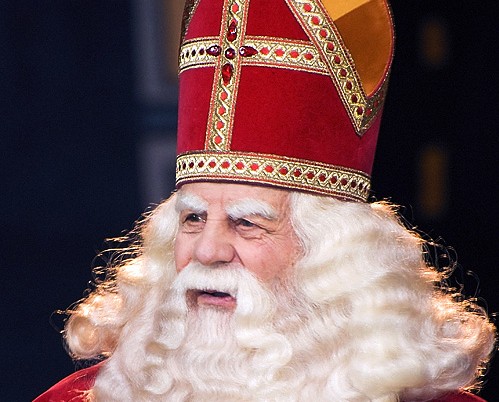
1. The name Santa Claus is an Americanized pronunciation of “Sinterklaas” the Dutch name for St. Nicholas, where all Santa Claus stories began.
2. Nicholas was born in 280 C.E. in Patara which is now in Turkey, but was then a Greek part of the Roman Empire. Nicholas was born to wealthy Christian parents. They prayed for a child for 30 years before Nicholas was born.
3. Nicholas had an affluent childhood, but his parents died while he was a child, leaving him a large inheritance, and making him an orphan.
4. Nicholas followed the admonition of Jesus Christ, gave his wealth to the poor, and turned to a religious life.
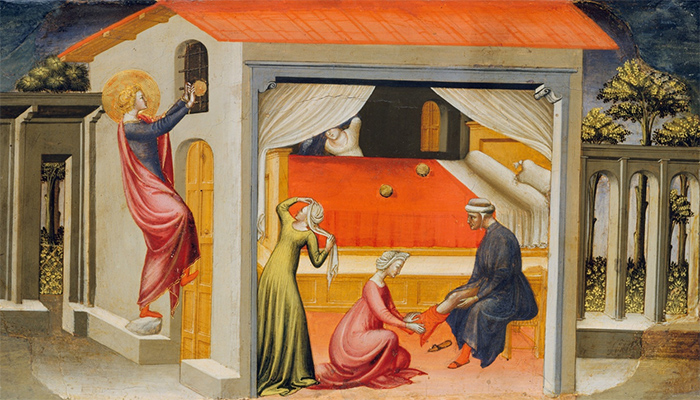
5. A very poor father had three daughters. He could not afford a dowry which would allow them to be married. The night before they had to leave home, Nicholas anonymously delivered money to the family. In some retellings of the story, he dropped the money down the family’s chimney, which landed in a sock warming up by the fireplace.
6. In paintings of St. Nicholas, people often commemorated his generosity to the three women as gold balls. But these looked like oranges, and the legend began that Nicholas lived in Spain and brought oranges to children.
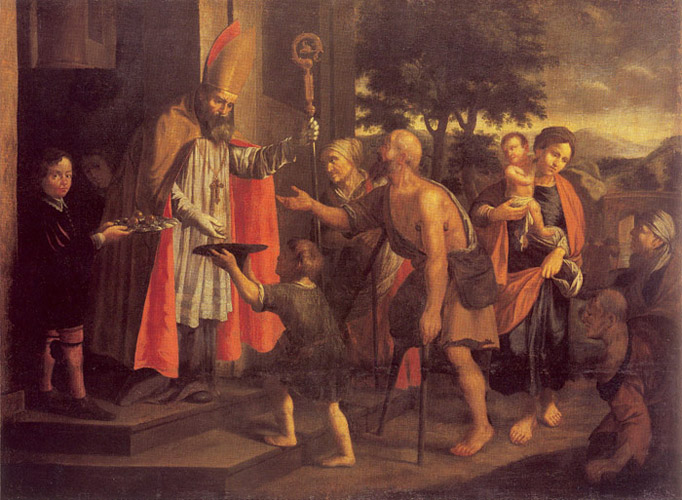
7. Nicholas could have lived a comfortable life in a monastery, but his disposition made him want to explore. He chose to visit the Holy Land where Christ lived.
8. On his return voyage, a storm threatened to sink the boat. Nicholas prayed and the storm stopped. The boat returned Nicholas to the city of Myra, a few towns away from his birthplace.
9. When Nicholas arrived, the church in Myra was looking for a new bishop. One of the leaders there had a vision that their next bishop would be the first man to walk in the church the next day. That man was Nicholas and he was made the bishop of Myra.
10. During the early years Nicholas was the bishop, Christians were highly persecuted in Rome. He spent many years tortured in prison.

11. Based on reconstructions from his remains, Nicholas was short 5’6″, and had a broken nose, likely suffered during his time in prison.
12. When Constantine became Emperor in 306 C.E., the persecution subsided, and Nicholas could return to his work.
13. Nicholas’ first act was to destroy the shrines built to pagan deities including one particularly decadent temple to the Greek god Artemis. Nicholas leveled the temple completely, leaving no sign of its existence.
14. While Nicholas toured the countryside, he cast out the demons of many people, healing them of their ailment. He always carried the scriptures in his left hand.
15. Myra experienced famine several times while Nicholas was there. Once a ship with wheat for the emperor stopped in the city. Nicholas convinced the sailors to leave some. They were scared the emperor would know, but Nicholas promised they would have enough. When the sailors reached the emperor, the weight of the wheat hadn’t dropped. The wheat left in Myra fed the people for two years.
16. During one famine, a butcher lured three boys into his shop for something to eat. The butcher murdered the three boys, and then put them in a salting tub, intending to sell them as hams. But Nicholas saw the act, approached the butcher, and prayed for the boys to be brought back to life. They were. Since that time, Nicholas has been known as a protector of children.
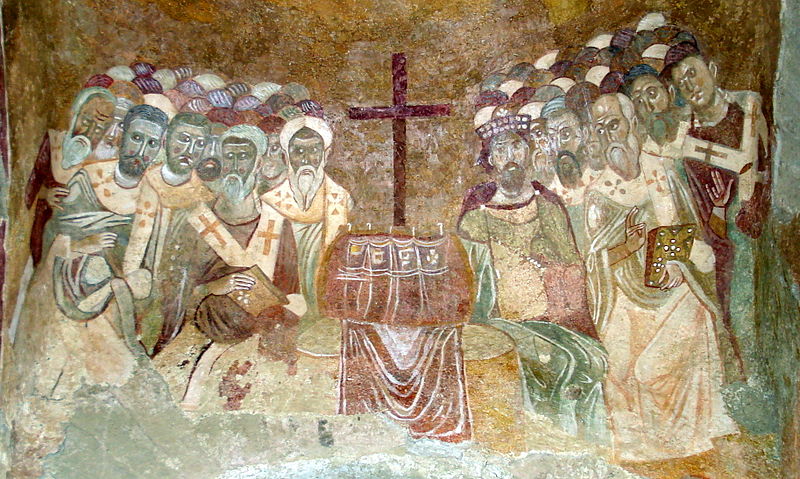
17. Nicholas was one of the bishops invited to the Council of Nicaea. He signed the Nicene Creed.
18. During the Nicene council, one heated conflict about the divinity of Jesus broke out, Nicholas slapped one of the opposing bishops. Because he broke decorum, Constantine stripped Nicholas of his position as bishop and put him in prison.
19.That night in prison, Christ visited Nicholas, returned his clerical clothing and his scriptures. When Constantine saw this miracle, he allowed Nicholas to return to his position.
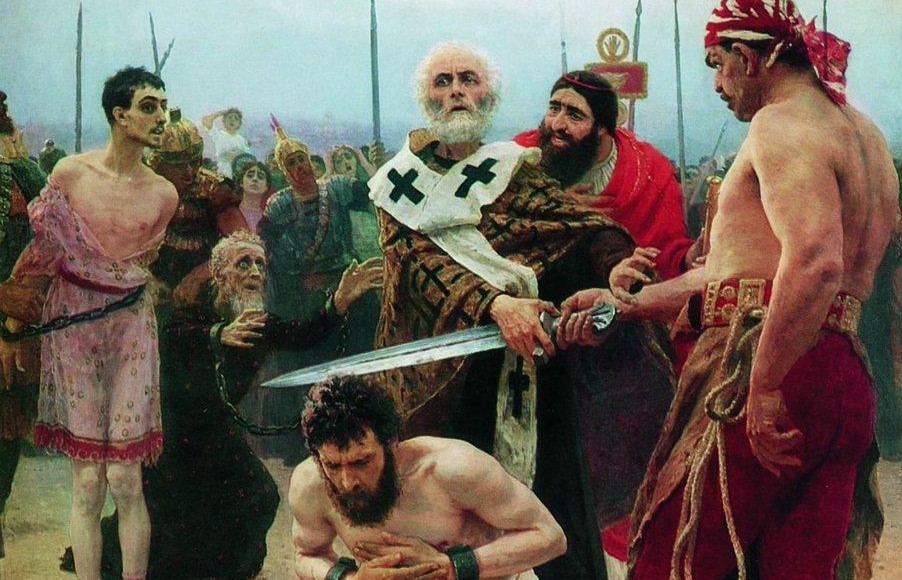
20. Soldiers arrived in Myra, and some local troublemakers pretended to be the soldiers and began looting. But the actual soldiers were captured and set to be executed. Nicholas had left the city to resolve another dispute, but when he returned he was told that three innocent men were to be killed. He went and stopped the sword with his hand, releasing the innocent men.
21. Generals who saw Nicholas save the innocent soldiers returned to the emperor. They were falsely accused of treason and were set to be executed. They prayed to “the God of Nicholas” to be saved like the soldiers. Constantine said that Nicholas appeared to him in a dream that night, and told him the generals were innocent.
22. Myra struggled under their high taxes. They asked Nicholas to ask the emperor for relief. He got Constantine to sign the order. Nicholas immediately took the order and threw it in the sea. Soon after, Constantine changed his mind, but Nicholas told him the people had already seen the new order. In fact, the order had been found and delivered to Myra.
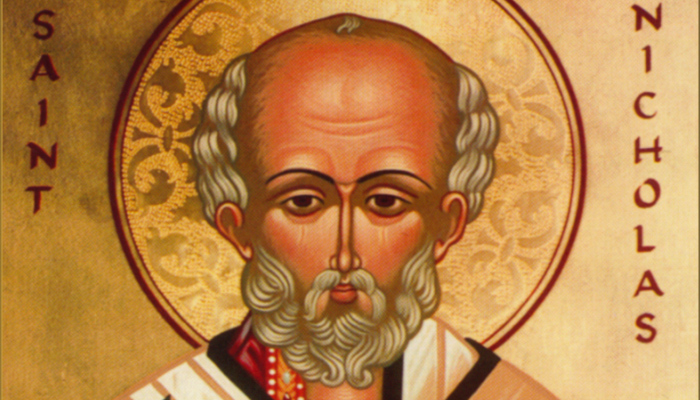
23. Because of his reputation for generosity, Nicholas began being called “Saint” Nicholas, even before his death. He was widely recognized as a saint by the sixth century.
24. Nicholas was originally buried near a church on Gemiler island, just off the coast from Myra.
25. Because Nicholas lived in coastal cities, and his miracle of calming the seas, many sailors adopted him as the “patron saint” of sailors. These sailors then told the stories of Nicholas’ life everywhere their travels took them.
26. Each year in Myra, on December 6th, the people celebrate Nicholas’ life. Because of his reputation for being so generous, many people gave each other anonymous gifts on that day. They said those gifts were from St. Nicholas.
27. One year, pirates raided the city on December 6th and took one boy as a slave. His job aboard the ship was to bring the captain his cup. One year later, to the day, Nicholas appeared to the boy in a vision, and the boy appeared back in his home with the captain’s cup still in his hand.

28. The Protestant Reformation ended the celebration of saints in some countries. In these places, the celebration of St. Nicholas was combined with Christmas only a few weeks later.
29. Since Nicholas’s death, many individuals have claimed that he has rescued him from various calamities. Many of these occurred on ships.
30. In 1087, Italians captured the remains of Nicholas and brought them back to their local churches. These men claimed Nicholas appeared to them in a vision and asked them to take the remains to keep them safe.
31. Myrrh, or rosewater, seeps out from the coffin of Nicholas kept in the church in Bari, Italy. The source of the liquid is unknown.
32. The Dutch that first colonized what is now New York, first introduced St. Nicholas to the Americas. St. Nicholas had remained adored by the Dutch even through the Protestant Reformation.
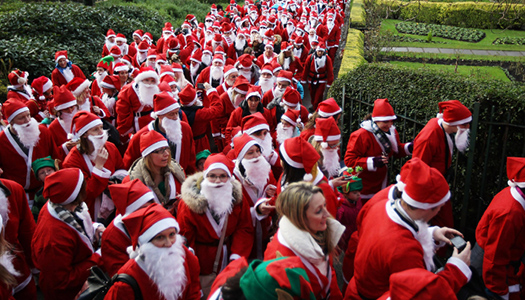
33. Many traditions revolving around Santa Claus can be traced to St. Nicholas himself. But many elements come from the last two hundred years.
34. ‘Twas the Night Before Christmas was originally titled A Visit from St. Nicholas and elaborated extensively on the Dutch tradition.
35. Santa Claus’ large belly, red cheeks, reindeer and sleigh come from Clement C. Moore’s ‘Twas the Night Before Christmas.
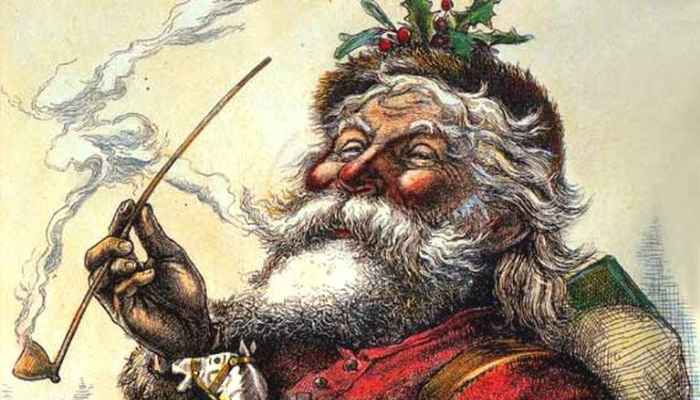
36. Putting Santa Claus in the North pole first came from comics by Thomas Nash in Harper’s Weekly.
37. Santa’s classic look in red and white fur first came from 1930s Coca Cola advertisements, putting Santa in their corporate colors.
So many years later, it’s amazing how many traditions about Santa Claus are still influenced by the real story of St. Nicholas. And knowing even more about the remarkable religious life of the man behind Santa can give our traditions more meaning and purpose.
And if you enjoyed this article check out the website of the St. Nicholas Center which has even more information on the life of the man who would become Santa Claus.
How do you tell the story of Santa Claus in your family? What special traditions do you have commemorating this legendary Saint?


